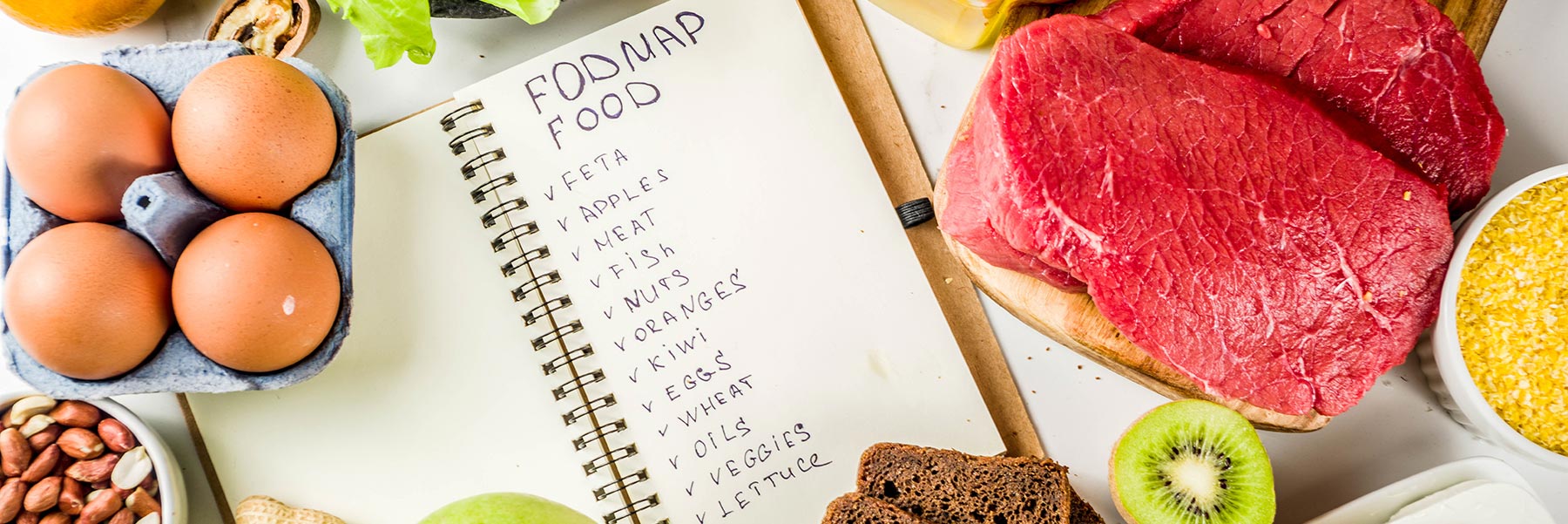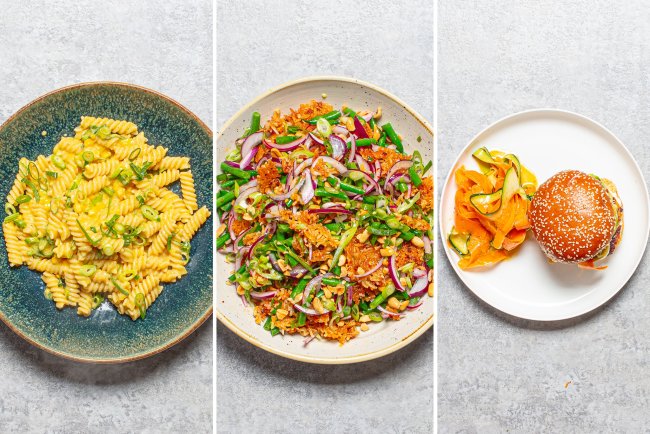The Real Deal on the Low-FODMAP Diet: What to Know Before You Eliminate Half Your Fridge
If you've been navigating the unpredictable rollercoaster that is irritable bowel syndrome (IBS), you've probably heard whispers or enthusiastic endorsements about the low-FODMAP diet. Maybe a friend swears by it. Maybe a doctor mentioned it in passing. Or maybe you stumbled across a blog promising a bloating-free existence if you just give up garlic, apples, milk, cashews, and, well, joy.

The truth? The low-FODMAP diet can be life-changing for some people with IBS reducing gas, bloating, abdominal pain, and wildly erratic bathroom habits. But it’s not a magic bullet. And it’s definitely not something to try on a whim after a bad takeout experience.
Let’s walk through the nuances of this scientifically backed, yet deceptively tricky diet including why it works, where it can go sideways, and how to approach it without wrecking your gut health or your relationship with food.
What Even Are FODMAPs, Anyway?
FODMAP stands for Fermentable Oligosaccharides, Disaccharides, Monosaccharides, and Polyols which sounds like something out of a dusty chemistry textbook, but boils down to four types of fermentable carbohydrates that many people (especially those with IBS) don’t digest well.
Here’s a real-world translation:
Oligosaccharides found in wheat, rye, onions, garlic, beans, and lentils.
Disaccharides mainly lactose, found in milk, yogurt, soft cheeses, and ice cream.
Monosaccharides excess fructose in foods like apples, honey, and mangoes.
Polyols – naturally present in mushrooms, stone fruits (like peaches), and also in sugar-free gum and mints (look for sorbitol or xylitol on labels).
In people with IBS, these carbohydrates can ferment rapidly in the gut, pulling in water and producing gas. That fermentation party in your intestines? It can lead to intense bloating, cramping, urgency, and other less-than-delightful symptoms.
How the Low-FODMAP Diet Works: A 3-Phase Process
What many people don’t realize is that the low-FODMAP diet isn’t meant to be forever. It’s a temporary elimination and reintroduction strategy, designed to help you pinpoint which specific foods are your personal triggers.
Phase 1: Elimination
For 4–6 weeks, you cut out all high-FODMAP foods. Yes, that means saying goodbye to garlic bread, creamy coffee, apples, beans, and even some surprising suspects like cashews and watermelon. It’s not easy and definitely not intuitive which is why many people benefit from professional guidance here.
Phase 2: Reintroduction
Once symptoms improve, you slowly reintroduce FODMAP categories one at a time to identify which ones (and how much) your body tolerates. For example, you might test lactose first by reintroducing yogurt or milk, then try small amounts of onion or honey later.
Phase 3: Personalization
This is where the magic happens. You keep only the foods and portions that your body doesn’t react to creating a customized, less restrictive version of the diet that works long-term for you.
Why This Diet Can Get... Complicated
Even though the science is solid, the low-FODMAP diet can feel like navigating a dietary labyrinth. That’s because it’s not just about "good" or "bad" foods it’s about portion sizes, food combinations, and the sneaky places FODMAPs like to hide.
For instance, extra-firm tofu? Low-FODMAP. But silken tofu? High-FODMAP. Soy milk made from soy protein? Usually okay. Soy milk made from whole soybeans? Likely not.
That kind of nuance can overwhelm even the most food-savvy folks. While some doctors hand out a basic “avoid this, eat that” list, this diet really works best with the help of a registered dietitian who’s trained in FODMAP protocols.
The Risks of Going Low-FODMAP Without a Plan
Many people breathe a sigh of relief once their IBS symptoms ease during the elimination phase. But here's the trap: staying in elimination mode indefinitely can backfire.
Here’s why:
1. Nutrient Deficiencies
Cutting out dairy? You might miss out on calcium and vitamin D. Avoiding legumes and nuts? You could skimp on magnesium and fiber both essential for gut and heart health.
2. Harming Your Gut Microbiome
Ironically, the very foods that make you bloated like onions, garlic, and beans are also rich in prebiotics that feed your good gut bacteria. Long-term avoidance can starve your microbiome, potentially reducing beneficial bacteria and increasing pro-inflammatory ones.
This matters because people with IBS already tend to have imbalanced gut flora which is why probiotics are sometimes recommended. But even probiotics come with caveats, and current guidelines suggest they be used only within research settings for IBS.
Low-FODMAP Isn’t for Everyone (and That’s Okay)
Despite its potential, this diet isn’t one-size-fits-all.
People who are underweight, malnourished, or medically fragile.
And if you don’t have IBS? Don’t hop on the low-FODMAP train just for fun. It’s not a detox. It’s not a cleanse. It’s a therapeutic tool for a specific medical condition and shouldn’t be treated like a wellness fad.
An Alternative Approach: FODMAP Light
Not ready for the full low-FODMAP plunge? A partial FODMAP reduction like cutting back on your garlic intake or choosing lactose-free milk can often provide relief without the overwhelm of total elimination.
Look at your diet and identify the most common high-FODMAP culprits. Garlic and onions are big ones. So are apples, wheat, milk, mushrooms, and beans. Try reducing one or two and see how you feel.
The low-FODMAP diet offers a structured way to find answers not by eliminating food forever, but by learning what your body uniquely tolerates.
So if you’re ready to stop Googling “why does everything make me bloated” and start building a peaceful relationship with food again, this might be the tool that gets you there.
Just remember: it’s a journey best taken with support, patience, and a deep respect for the gut-brain connection.
What's Your Reaction?




















